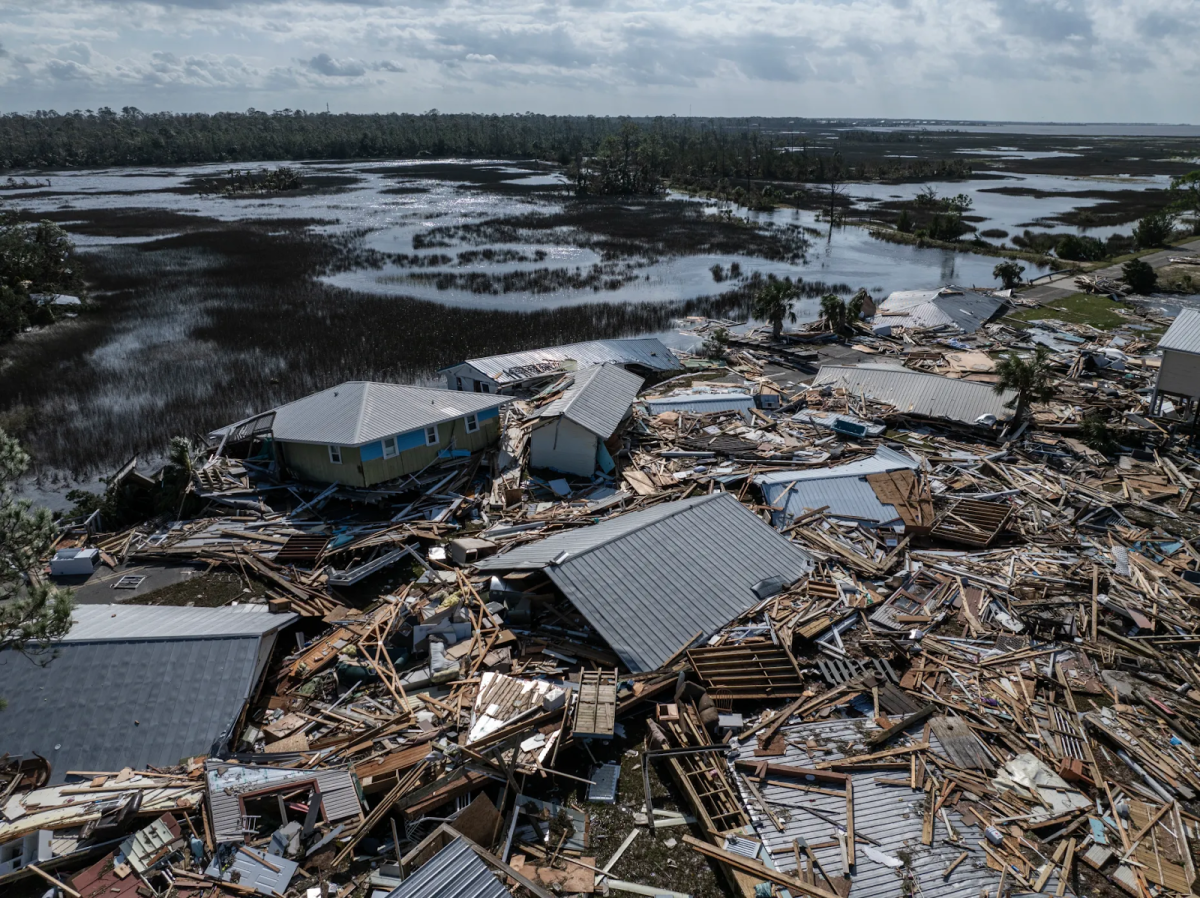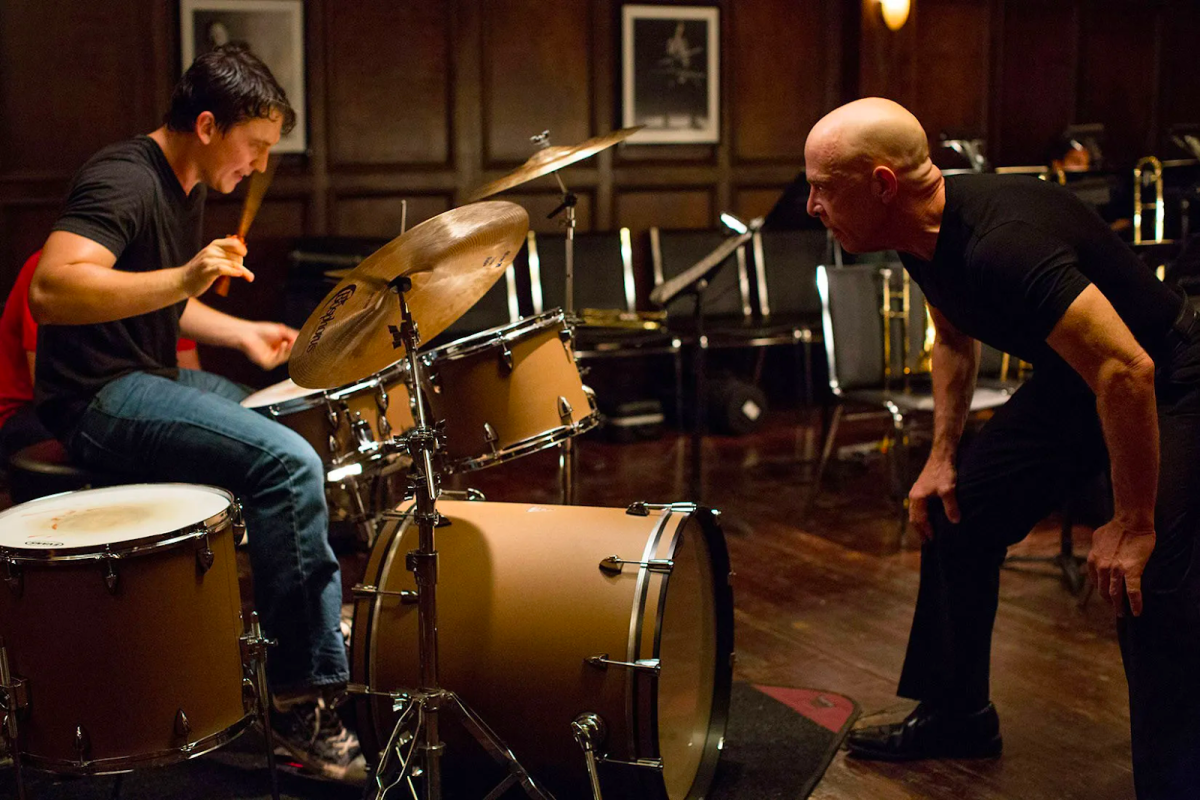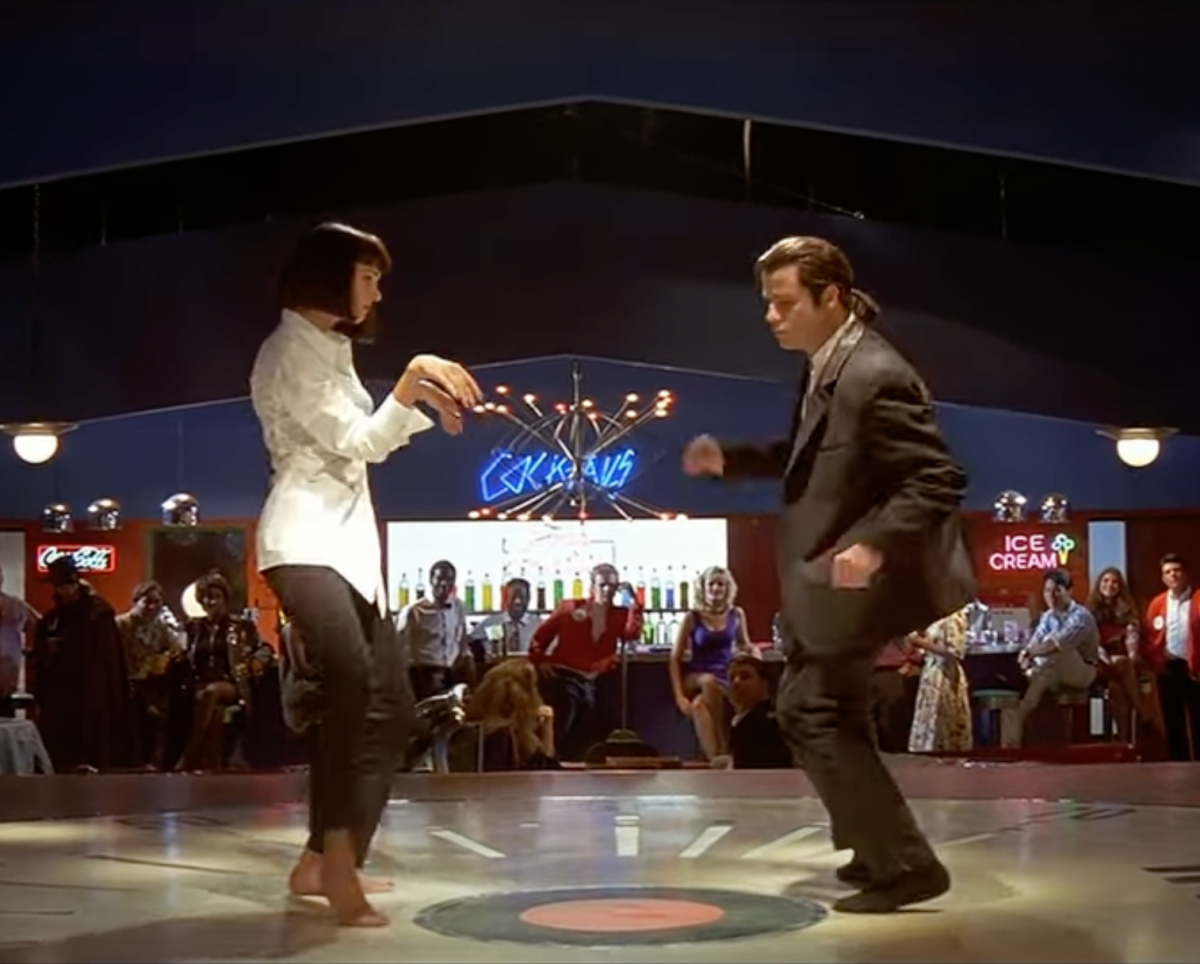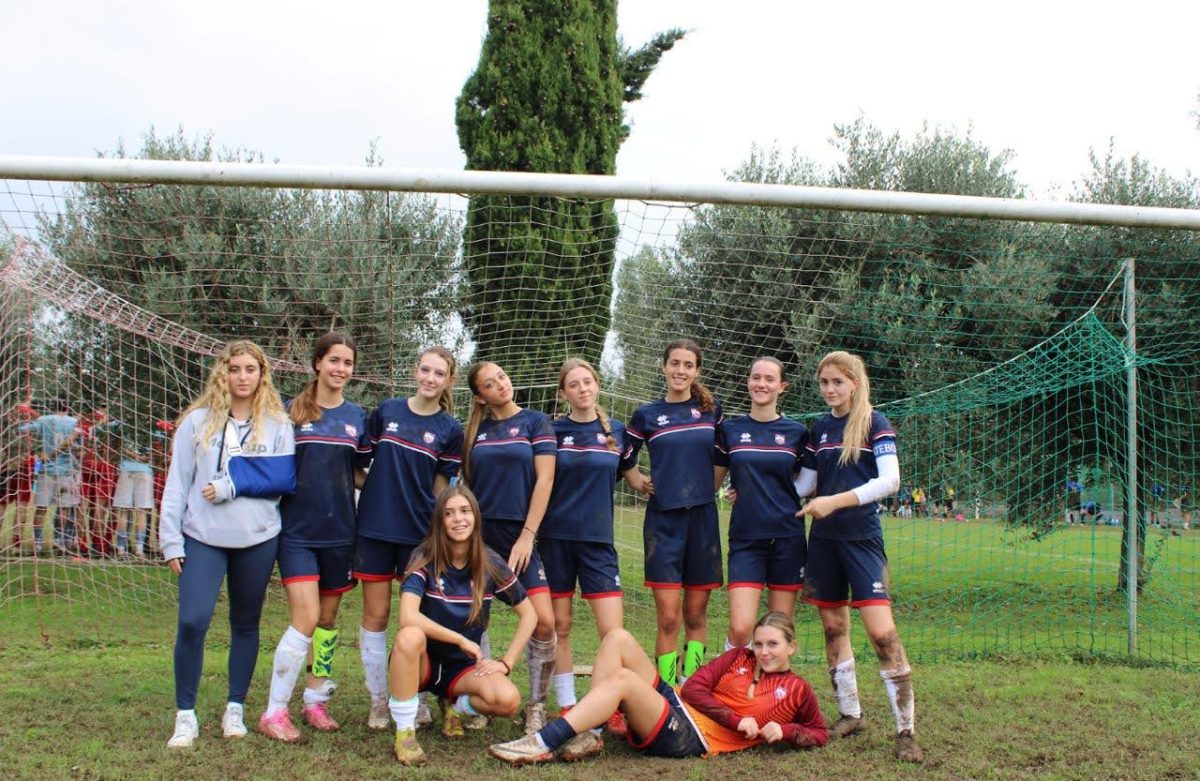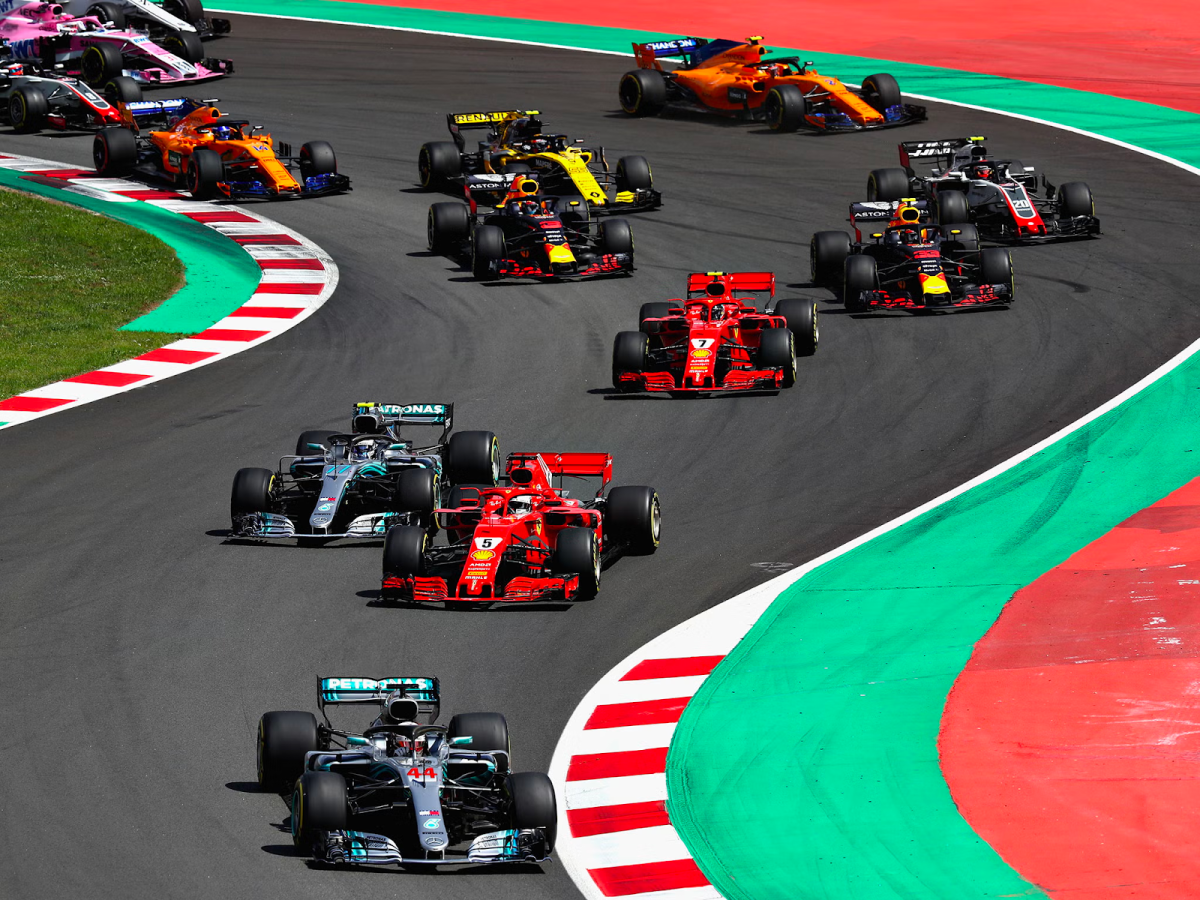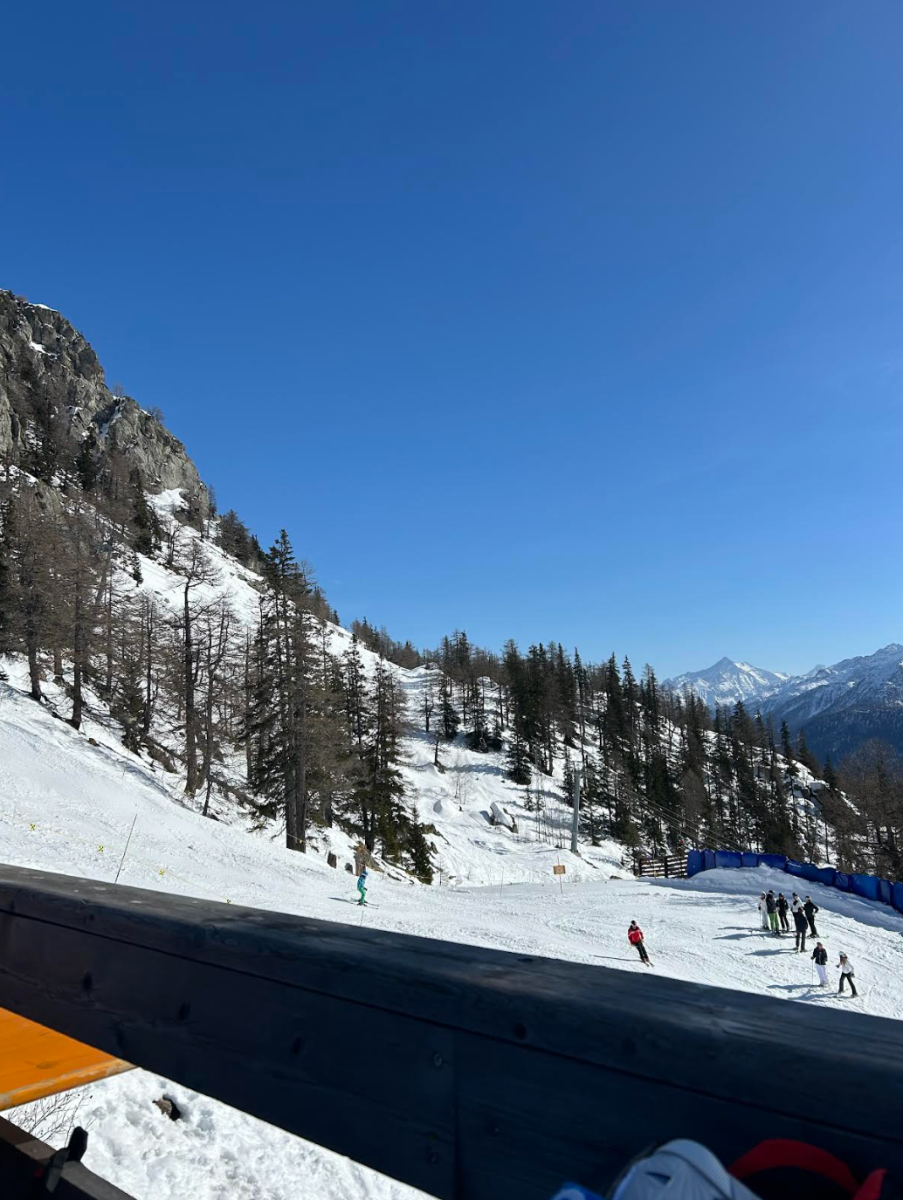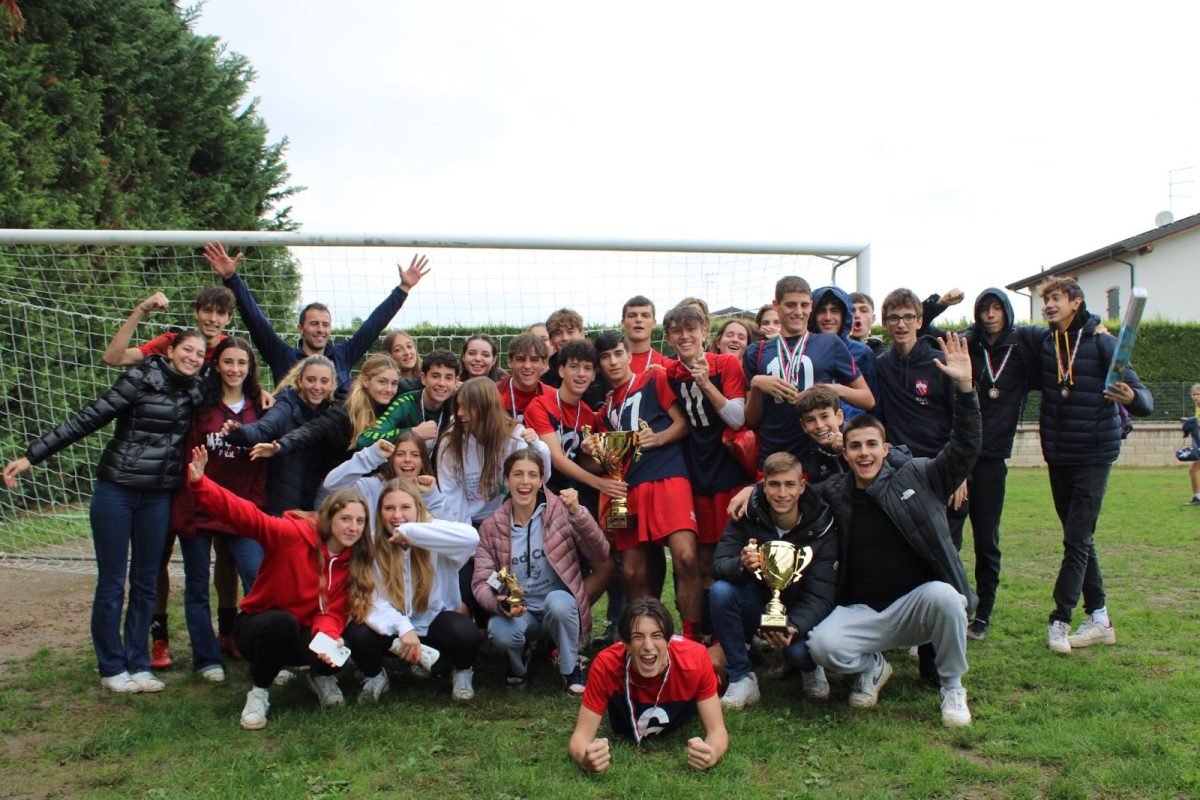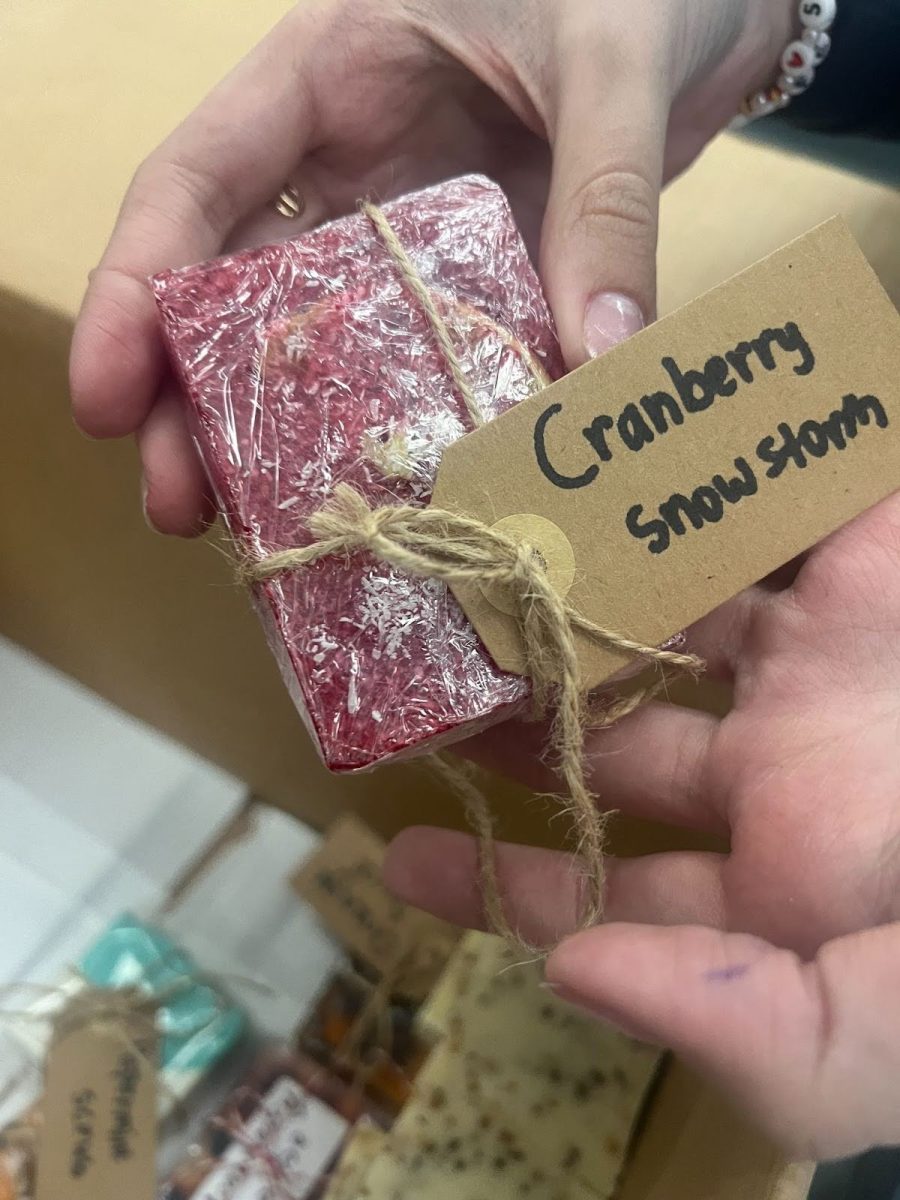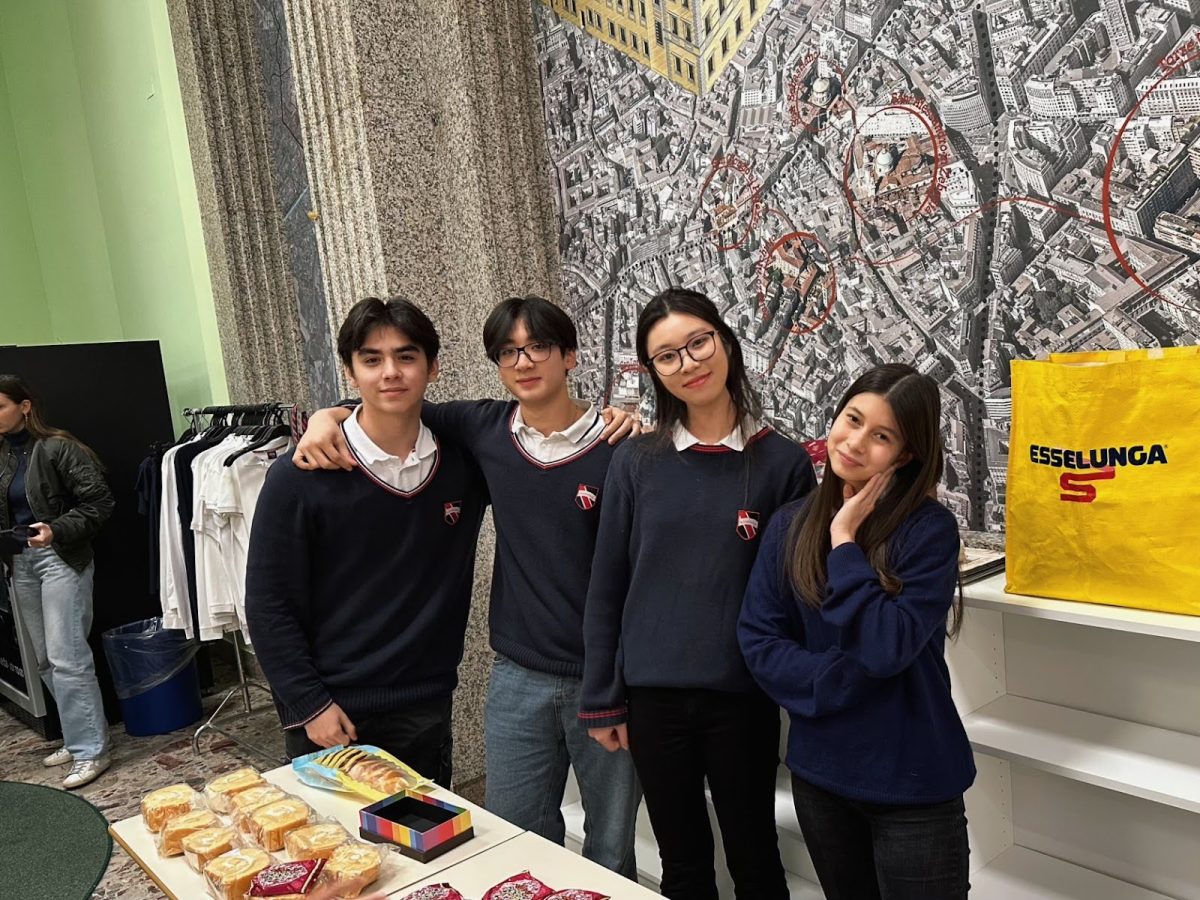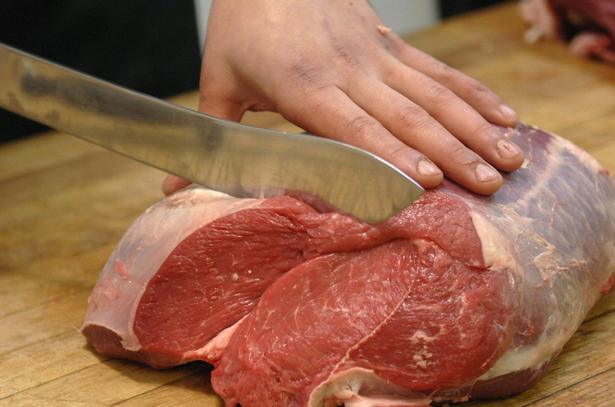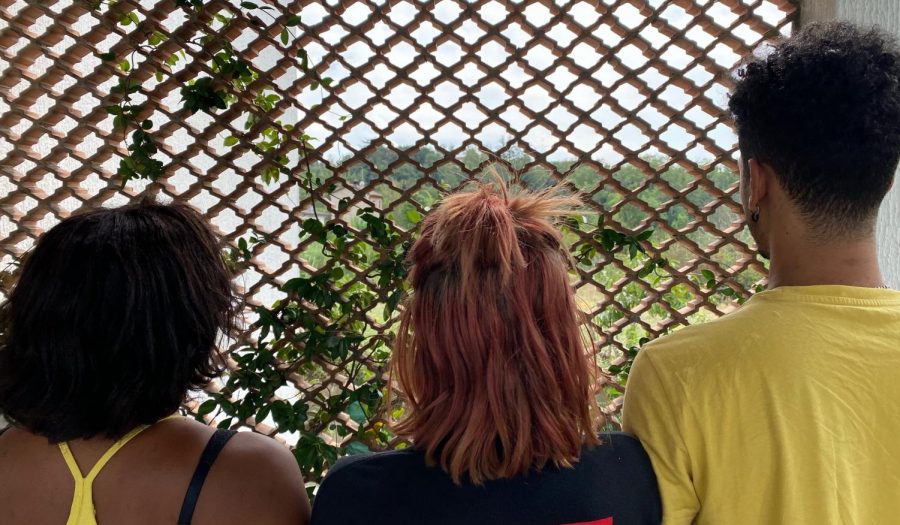My father has always been interested in how the food he brings to the table is prepared, where it comes from and when it was produced.
Born in 1955 in a small house in Rome, my father grew up in the age of local markets and specialist food shops, not the age of the supermarkets. His grandmother took him to the local market, touching and evaluating the quality of the beef, pork or chicken killed the day before in the Testaccio slaughterhouse. She would cook it some hours later for him and his four brothers. The smell of fresh blood and the knowledge of the origins of the various parts of meat, spices and ingredients, would ensure the best quality of the final product, which he would help to cook.
Now, the assurances of all these attributes our meat should have is impossible to obtain, even in a country like Italy. Obviously many white polystyrene meat trays have ‘DOP’, ‘DOC’, ‘Prodotto dell’anno’, displayed on them to help Italians smile and pick up something they don’t know may be harmful and full of chemicals. How could a loving parent doubt major supermarkets or their reliable mini-market a hundred metres from home?
My father doesn’t eat meat now, even if it is certified as biological. Even if the cows are raised outside, in the fields. Even if it as Italian as me and you. What are animals eating? What is the farmer putting in the corn when he recieves it? What is the farmer who produces the corn putting into it? Usually, these questions are silenced by conservative minds or followers of the system. However, what happens when these questions slither out of these closed doors of anti-information? Things like Food Inc. (a 2008 film about the food industry in the US) happen. This breach in the system could cause a lot of problems to huge multinationals, and it is not a shock that all of these companies declined interviews and did not let one of their farmers show where their animals lived.
Food Inc. is, first of all, denouncing the system. It is denouncing a great ignorance which starts in the American chicken houses, pork houses, beef houses, managed by exploited workers with no choice, and ends in the stomachs of the rest of the world. A handful of companies control most of the business for every type of meat, such as beef, pork or chicken. The first big step these companies make is to find small farmers and make them sign a contract. This contract links the farmers to them with a strong chain of exploitation, strict terms and agreements and harsh consequences when the contract is not respected. The farmer who first guaranteed a decent life to his animals, now has to breed genetically modified chickens and pigs. These poor animals have no dignity at all. The film shows how hundreds of chickens are put into a dark room and live in their faeces and blood every day of their life, until they are sent to be killed. Many animals die especially those in chicken houses, as they are more vulnerable and have beaks. Farmers have to collect the corpses every day to prevent disease from spreading and to stop the multinational company they work for getting blamed, otherwise the farmer will be the one who will suffer.
It is not an exaggeration to say that the infamous capitalist food system’s whirlpool does not stop its greedy backwash even when human lives are at stake (and funnily enough, sometimes only for a steak). The search to increase less expense production, in order to make more profit led to an impossible continuous feeding of cows with genetically modified corn, making their immune system low and unable to defend itself from the dangerous E-Coli O157:H7. However, it is not only what the people in these farms did give to the cattle, but mostly what they did not give to the cattle. In fact, Micheal Pollan (author of The Omnivore’s Dilemma, other great books on nutrition and US and global food production) explained that if the cows had grass reintroduced to their diets for just five days instead of the genetically modified corn, they would eliminate a huge part of the virus from their system.
It is shocking to see that these farms where E-Coli runs quickly from one cow to another work for a company that controls 80% of the American meat market and is predicted to rise to 100% in by the second half of this century. This meat then ends its long journey in the mouths of unaware Americans, and the consequences can be hugely devastating, as in the case shown in the video, where a small child died after only eating two hamburgers on holiday. His mother now fights to make quality checks more strict to help avoid what happened to her son from happening to other people.
One of the darkest sides of this argument is the question of the workers in the chicken houses and it is certainly the part which affected me the most. The employers, linked always to these great multinational companies use people with employability problems and offer them secret contracts with no insurance and low wages. A huge number of these workers are now Latin-American immigrants, while some years ago they were mainly African-American, as a farmer specified. They are hired to kill as many animals as they can in order to send them to the meat processing factory. These workers neither have the choice about the work they have to do, nor even the conditions in which they have to work. The huge multinationals, who have the money to genetically modify chickens to make their breasts bigger, which control a huge part of the meat market in the US, have the cheapest labour possible to maximize profits even more, sometimes even with illegal contracts often not paying taxes.
Although what Food Inc. discussed was not entirely new to me, if I have to say the truth, in Oprah Winfrey’s words,“I’ve been stopped cold from eating another burger!”


